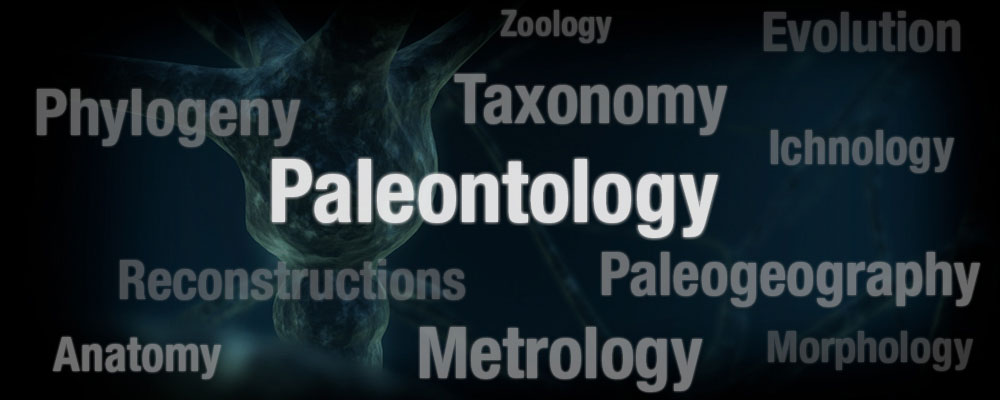
Publications Siculo-Maltese dwarf elephants
- Bruhathkayosaurus body mass
- Dinosaur densities press release
- Tetrapod body densities
- Sauropod Encyclopedia
- Palaeoloxodon skull evolution
- Palaeoloxodon poster
- Theropod Encyclopedia
- P. antiquus from Germany
- The Body Size of Proboscideans
- Siculo-Maltese dwarf elephants
- Songhua River Mammoths
- Dinogeography
Author: Asier Larramendi
In October last year (2014), I was studying numerous remains of a variety of dwarf elephant (commonly identified as Palaeoloxodon falconeri) at the Museum of La Sapienza in Rome, invited by the professor Maria Rita Palombo. The numerous photos, measurements and data have been used to conduct a palaeobiological study.
Maria Rita and I, have described the possible physiological and allometric impacts suffered the by elephants on the islands of Sicily and Malta due to its small size, barely 300 kg for males and about 165 kg for females. Among these changes, it’s worthy to distinguish the drastic changes in body structure regarding to its possible ancestor, Palaeoloxodon antiquus, a colossus of 4 meters high and 13 tons in body mass. Moreover, these elephants suffered remarkable changes in the cranial structure. The positive allometric increase of the braincase, provided them with enormous brains. Encephalization ratio calculated in our study, suggests that these elephants might have had a high level of cognitive abilities, superior to extant elephants and comparable to that delphinids.
The tiny size of these elephants, suggests that life span and reproductive cycle were shorter than modern elephants. Moreover, it is possible that this dwarf species were covered by a thin layer of hair
Below you can read the abstract and have access to the whole paper:
Body Size, Biology and Encephalization Quotient of Palaeoloxodon ex gr. P. falconeri from Spinagallo Cave (Hyblean plateau, Sicily)
During the period of 1958 and 1960, the richest sample of Palaeoloxodon ex gr. P. falconeri (104 individuals) was recovered from Spinagallo cave (Syracuse, Hyblean Plateau, SE Sicily). Subsequently, several composite skeletons were reconstructed. Four of them are today exhibited at the Paleontological Museum of Department of Earth Sciences of Sapienza University of Rome (MPUR). Three of the skeletons representing an adult male (MPUR/V n1), an adult female (MPUR/V n2) and a calf (MPUR/V n3), were analysed in order to reconstruct the physical appearance and estimate the body mass of the species. The rigorous skeletal restorations suggest that the living males approached a height of 100 cm at the shoulder and over 300 kg in body mass, whereas females were around 80 cm high and around 165 kg. The sexual dimorphism in Palaeoloxodon ex gr. P. falconeri was concluded to be comparable to extant elephants. The small size probably had a direct influence in the animals’ physiology and biology; including a shorter life span, rapid growth, and changes in thermoregulation mechanisms. The drastic allometric size reduction experienced by Siculo-Maltese dwarf elephants, produced noticeable changes in the skull, showing some paedomorphic features that were present in young P. antiquus and in extant juvenile elephants, and in the axial and appendicular skeleton proportions with respect to its putative mainland ancestor Palaeoloxodon antiquus. Some unique traits observed in the limb bones, suggest a more agile locomotion in P. ex gr. P. falconeri than other elephantids. Nevertheless, the most noteworthy change is the positive allometric increase of the brain case. The large change in brain proportions was related to the need to maintain the minimal functional volume of the brain when the size of the skull was drastically reduced.






